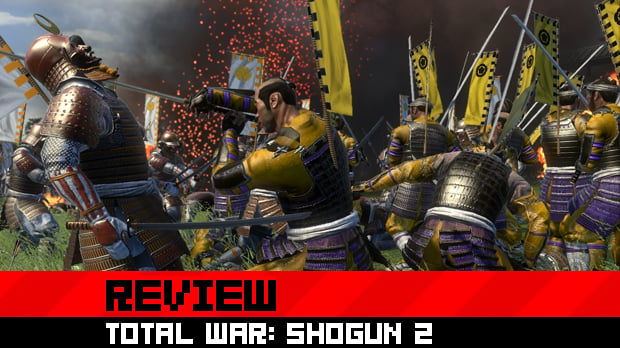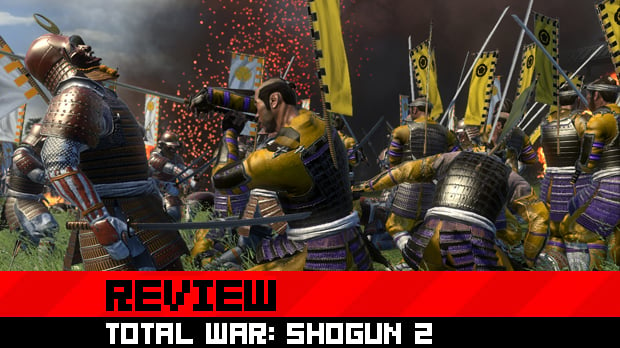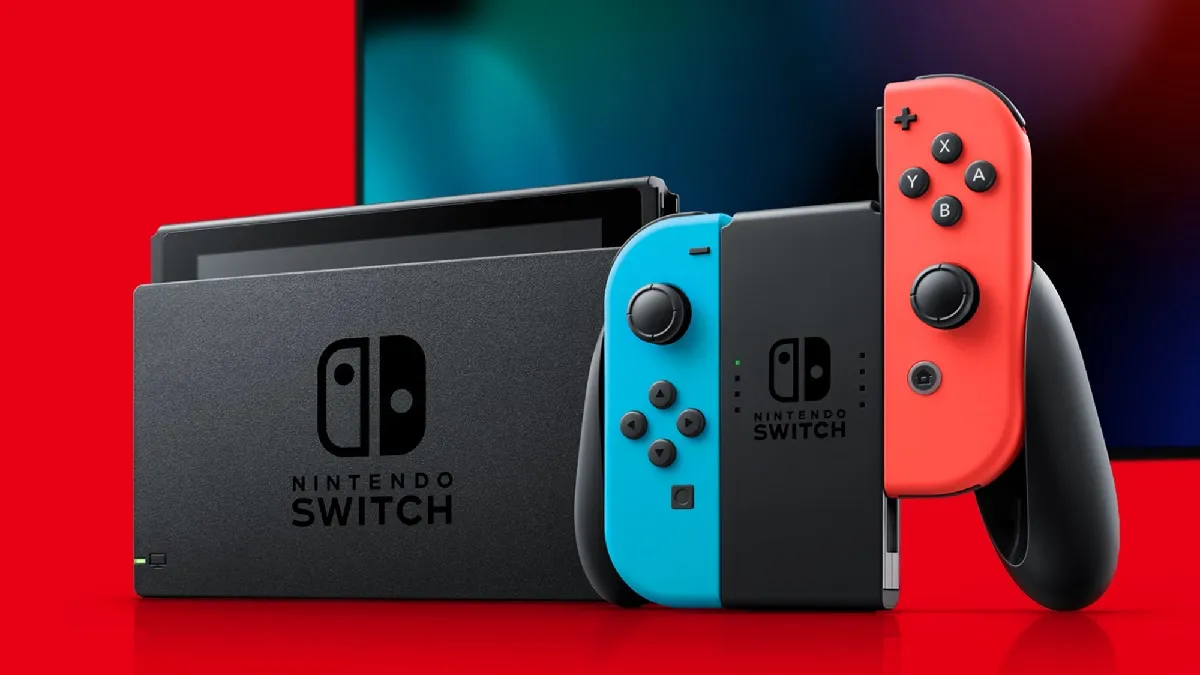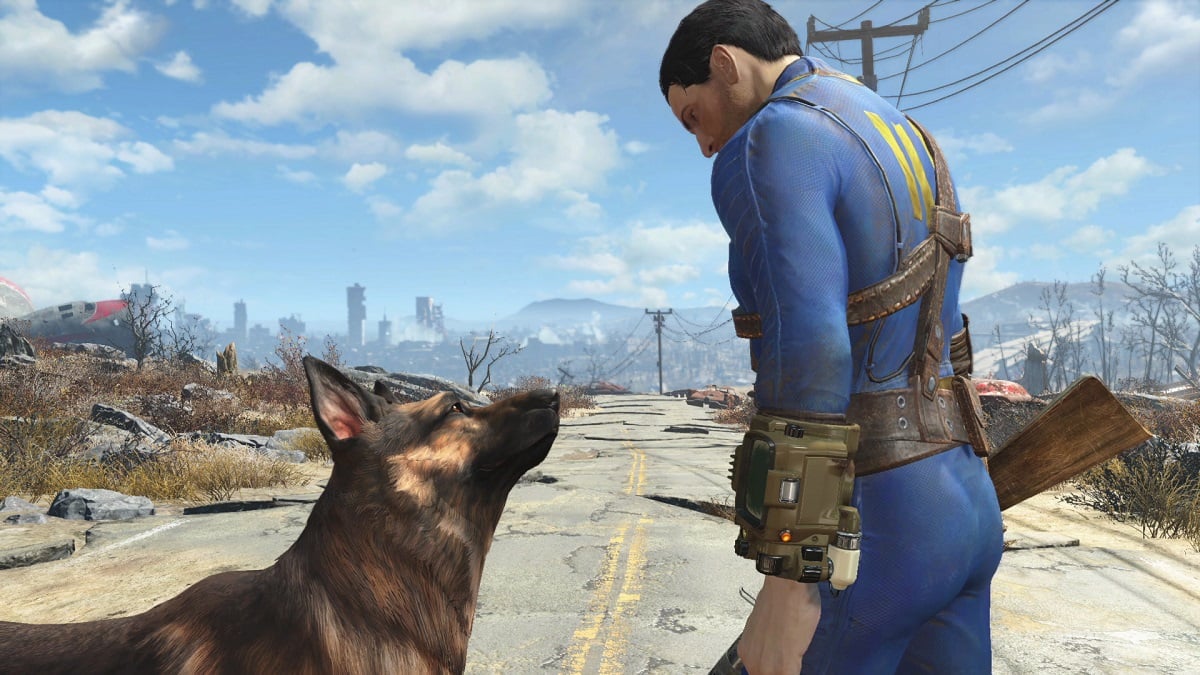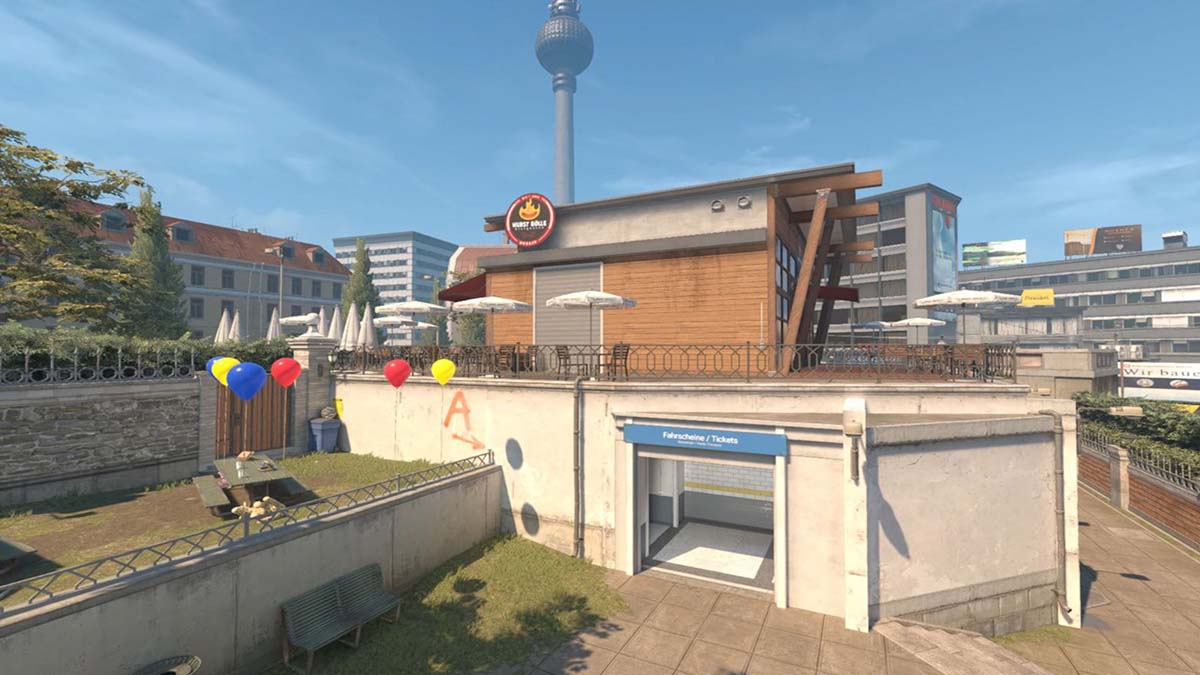Way back in 1999, the release of Shogun: Total War came as something of a revelation to PC gamers. Creative Assembly had delivered one of the first, if not the first games to effectively marry the depth of traditional turn-based games as with the pace and excitement of real-time combat. Shogun was such a landmark release that even eleven years on few developers besides Creative Assembly themselves have been able to offer “Total War-style” gameplay.
Unfortunately, being the biggest (and only) fish one’s own pond invites a lot of close examination and criticism, and after the ambitious-but-broken efforts that were Empire and Napoleon, many gamers felt burned, concluding that Creative Assembly’s ability to, well, assemble a working game, had finally collapsed under the weight of bugs, incompetent AI and and debilitating feature-creep.
It’s somewhat ironic then, that it took a return to the series’ roots in Sengoku-era Japan to produce one of the most refined, stylish, and well-realized Total War games yet.

Total War: Shogun 2 (PC)
Developer: The Creative Assembly
Publisher: Sega
Released: March 15, 2011
MSRP: $49.99
Set once more in that most well-known period of Japanese history, the sengoku jidai (“warring states era”), Shogun 2 stuffs you into the lacquered armor of a daimyo, head of one of the many feudal clans of sengoku-era Japan, struggling for dominion and to unite the nation under the banner of the shogunate.
That, of course, is easier said than done, and players will do so in the classic Total War fashion, by managing their cities and provinces turn-by-turn, and taking to the battlefield in real time. In the former mode, they’ll improve their infrastructure, negotiate with their neighbors, trade with foreign barbarians, all with the end goal of taking the capital of Kyoto and holding it (along with a certain number of key provinces) for a year, forcing the emperor to recognize their authority in full. In the latter mode, they’ll battle with mixtures of lowly ashigaru foot soldiers backed up by elite samurai wielding bows, spears, katanas and man-sized nodachi greatswords.
Players can choose from a dozen-odd factions representing famous clans of the period, including the ever-famous Takeda, Uesugi, Oda, and Date clans. Even people whose experience with Japanese history extends only as far as Samurai Warriors or Sengoku BASARA will likely find such names familiar.

The factions are differentiated mainly by their starting locations and opening statistical bonuses. For example, the Shimazu clan’s prestigious lineage raises the loyalty of its generals, and their katana-wielding samurai are second to none. Their isolated location on the westernmost borders of Japan put them far from the capital in Kyoto, but also places them closer to Tanageshima island, where Portuguese traders have been selling strange weapons called “guns”. And so on.
Factors like these make up for the game’s relative lack of exotic units (Medieval‘s English longbowmen, or Rome‘s Egyptian charioteers), by making each faction as a whole favor certain strengths and tactics.
If this all sounds distressingly familiar to Total War veterans, they need not worry, because while the basic formula hasn’t changed, the subtleties and twists have. Clans and their agents now have access to branching trees of upgrades and RPG-style leveling-up.
On the factional level, players have access to “Mastery of the Arts”, and can choose to train in various disciplines, broadly divided into the “Way of Chi” and the “Way of Bushido”, with further branches from there. Chi-path upgrades improve things like production, diplomacy, and the effectiveness of agents such as ninjas and geisha. Bushido-path upgrades improve the abilities of combat units, from raising the movement speed of foot soldiers to unlocking new formations for cavalry. Mastering arts also unlock buildings needed to access some units, making them similar to other games’ tech trees.

The likes of key units haven’t been ignored either. Gaining experience through successful actions, agents and generals can improve their skills. A ninja might choose to enhance his ability to sabotage enemy armies, or assassinate the enemies of his lord. A general might also decide to raise the morale of samurai under his command, or lengthen the distance his army can march in a turn.
And through this all, such powerful figures eventually gain unique personality traits and preferences (both positive and negative), and retainers. A general’s conniving wife might make him more susceptible to bribery or betrayal. A ninja’s custom-forged tiger claws may increase his chances of success when infiltrating enemy strongholds.

These things all come together to inject a much-needed dose of personality into Shogun 2. Players will learn to treasure their agents, growing attached to their favorites. They may even feel pangs of regret when they behead a disloyal general to preserve the honor of the clan.
And speaking of personality, it also comes through in the game’s visuals. Shogun 2 is, to speak frankly, one of the most gorgeous strategy games I’ve yet played. Every detail, from the stylized woodblock-prints decorating the interface buttons, to the way that unexplored territories are represented by ink yellowed parchment, to the way cherry blossoms flutter in the wind during spring, shows heartfelt admiration of Japanese culture and history.
The real-time battle scenes are also given a lot of love as well. Sashimono banners billow in the wind, swords and armor practically glitter with generous reflections and light bloom, and character models are detailed enough to put some first-person shooter games to shame. Combat animations are especially vivid, as during melee units don’t just clip through each other, but instead “pair off” to conduct their own “duels” as the battles rage on.
Oh, and your battlefield advisors are often disgusted when your own units rout, calling it “A shameful display!”

Naturally, though, none of this would matter if the game didn’t play well. Things such as battle management and the quality of the AI have been a major concern (and disappointment) for many fans, especially in light of recent entries.
So far, many of those concerns have been rectified. During combat I’ve seen the AI intelligently use terrain, parking their missile units up hills and in forests to ward off cavalry, and I’ve seen melee units hold their formations while making their advance. AI bowmen actually use their flaming arrows, and horsemen no longer charge head-on into deadly spear-walls. Not always, anyway. The AI still hasn’t quite gotten the hang of shielding squishier units behind other infantry, and cavalry are still somewhat susceptible to being baited of formation. Enemy generals are also a little too eager to dismount their horses to climb castle walls and jump onto my defenders’ blades.
Historical accuracy favors improvements to Shogun 2‘s siege combat. The design of Japanese castles allows most infantry units to climb walls like awkward spider-men without the aid of siege towers and ladders. The open design of plazas also allows for whole formations and charges to be conducted within the walls, as well. And with the AI’s new preference for attacking from multiple sides, sieges are worlds more entertaining to play. Siege weapons such as cannons are available for more well-equipped assaults.
History has also been kinder to naval combat as well. Japan’s oar-driven ships are easier to handle than the wind-powered sloops and frigates of Empire. However, simpler technology also makes for less interesting combat, as sea engagements often devolve into something resembling the tank battles of other real-time strategy games, with long-range bow ships softening up the enemy while larger assault ships to close in to conduct a boarding action. It comes down to numbers, and players will quickly learn to simply click the autoresolve button when ships clash.

The campaign-mode AI has been tweaked for the better as well. Neighboring factions grow wary as you conquer your way to Kyoto, and as my power grew it became increasingly difficult to maintain my alliances or strike new ones. It also moves troops in force instead of piecemeal. Its armies are almost always large and reasonably well-composed.
To take one incident, my best generals were off southeast to take a rival’s last remaining province, when that clan’s largest remaining force broke through my northern border, alongside an army three times that size…belonging to my other neighbor to the north. It had struck an alliance with that faction and the two had moved together to strike at my capital. The situation then devolved into a desperate race to sack the southeastern faction’s final province (thus dissolving its army), giving my capital’s defenders a better chance of holding off the northern enemy’s assault.
Sadly, said defenders (led by my son) died honorably during said assault, and my objective changed to retaking my home province. Luckily, my best ninja was around to assassinate the occupying force’s general, crippling their army enough for me to rout them the following spring.
Such dynamic scenarios pop up often during a Shogun 2 campaign, making every experience unique.
That said, I’m generally incompetent at these sorts of games, so more skilled players may find the game a little too easy. Then again, that’s what multiplayer is for.

Shogun 2 provides a very robust set of multiplayer options as well. The “drop-in” feature from Napoleon makes a return, allowing real-life players to take the place of AI opponents during a single-player campaign (by invitation or at random). Cooperative and competitive campaigns are also available, and the existing Steam community features are integrated into the game’s clan-based interactions.
The most interesting part of Shogun 2‘s multiplayer, however, is its Avatar Conquest mode. Avatar Conquest is probably best thought of as the RPG-like progression of Call of Duty games, except finely tuned to suit a game on the scale of Total War. Just as in singleplayer, players choose a starting faction and location on a large (though 2D and simplified) map of Japan, which determines their starting bonuses and units. But instead of managing cities and competing with the AI, they play multiplayer battles against other players, gaining upgrades, new units, and new perks (in the form of retainers) with each new territory they conquer. It’s an engrossing way to maintain interest in the game beyond the singleplayer campaign.
Player avatars can also be customized, choosing armor parts awarded for conquest, as random loot, or tied to Steam achievements. The looks available to players run from the historically accurate to just plain ridiculous, and can be seen in real-time, despite the fact that no commander in his right mind would zoom in on their avatar in the heat of battle. It never fails to entertain, though, and for that I have constructed this rough haiku:
Total war, unfought
Unless done so in a helm
Shaped like a squid head

Total War: Shogun 2 is Creative Assembly’s most polished game to date, and serves as a reaffirmation of the values that made the series the revelation it was more than a decade ago. It seems only fitting that those values were reaffirmed in a game based on the same setting as way back then.
It’s said that “You can’t go home again”. Well, Shogun 2 kind of did, in the best possible way.
